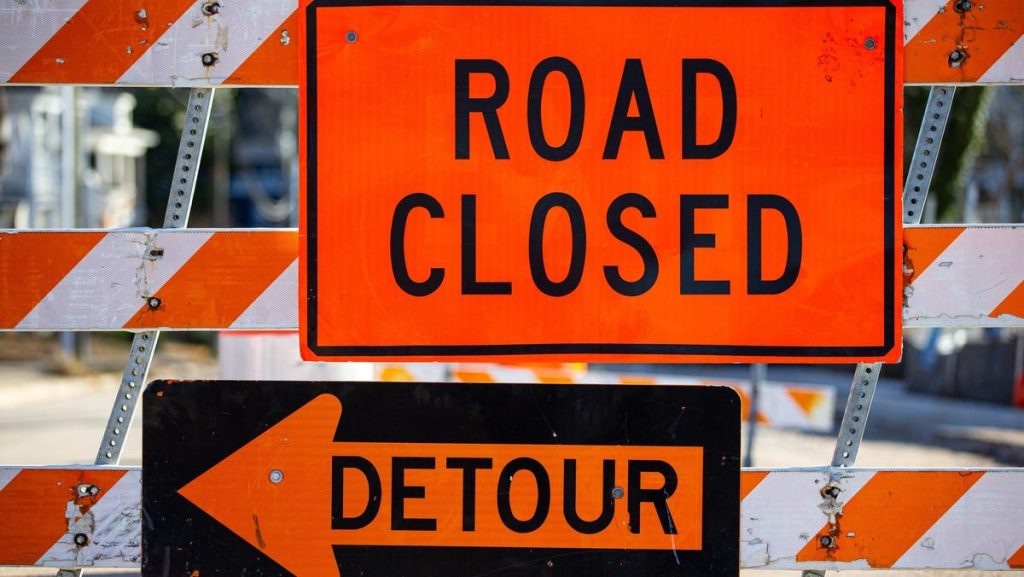On Sunday June 11th, a section of Route I-95 near Philadelphia collapsed when a truck carrying gasoline crashed and caught fire underneath the highway.
The highway is a major commuter and commercial route that runs the full length of the East coast from Maine to Florida and carries an estimated 160,000 vehicles per day, of which an estimated 14,000 are commercial trucks.
Obviously, this will have a significant impact on holiday makers, commuters, and commerce for several weeks, if not months.
How to address the business ramifications
The reality is that we plan in the perfect world and execute in the real world. And in the real world, things don’t always go to plan. When a major event like the I95 road collapse effects your plans, short and long-term actions must be taken into consideration.
In the short term:
- Identify all shipments impacted that are already or about to be on route
- Inform customers who’s orders will be impacted (delayed)
- Leverage transportation planning tools to try to reroute shipments where possible
- Identify production that will be short of materials impacted by the delays
- Adjust production plans
Additional longer-term steps require re-planning your approach for the next few months to include identifying alternate road routes, modes of transport (train, boat, air) and logistics providers.
Resiliency to minimize and mitigate risk
It is also critical to design your supply chain to withstand disruptions and respond to business opportunities. This requires having processes and plans in place to:
- Develop and implement supply chain risk management and business continuity strategies.
- Diversify supply chains, from a geographic perspective, to reduce the supply-side risks of a single country, region, or route.
- Multisource valuable commodities or strategic components to lessen reliance on one supplier and one location.
- Identify alternate modes of transport in case of disruption.
- Adopt an inventory optimization strategy across the business network to buffer against disruptive events.
- Balance of-shoring, near-shoring, and on-shoring manufacturing strategies.
While nobody can plan for an unforeseen event like a road collapsing, we can build resiliency and contingency plans into our supply chains to lessen the impact.
To learn more about how to get on the path to a Risk Resilient and Sustainable supply chain, download the Oxford Economics Research.
Follow me on Twitter.
Read the full article here










